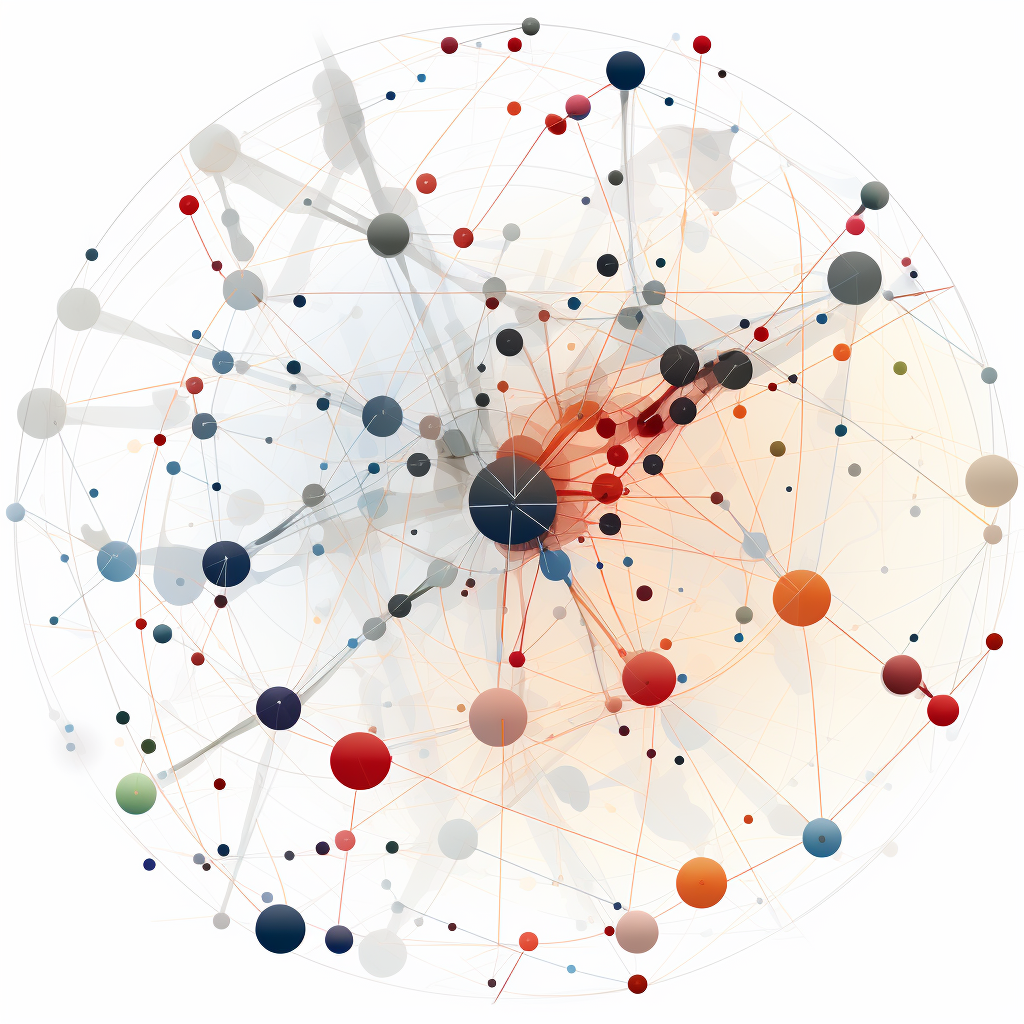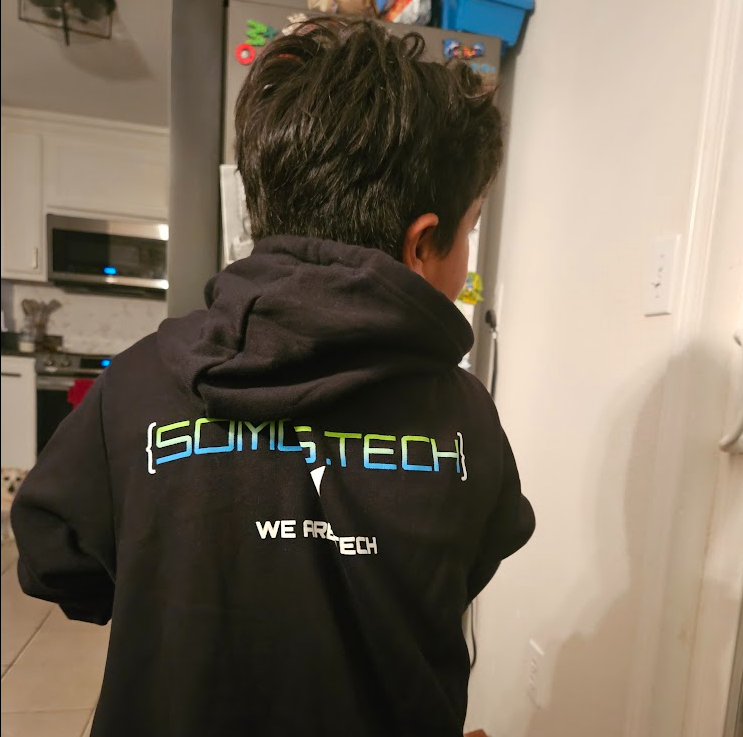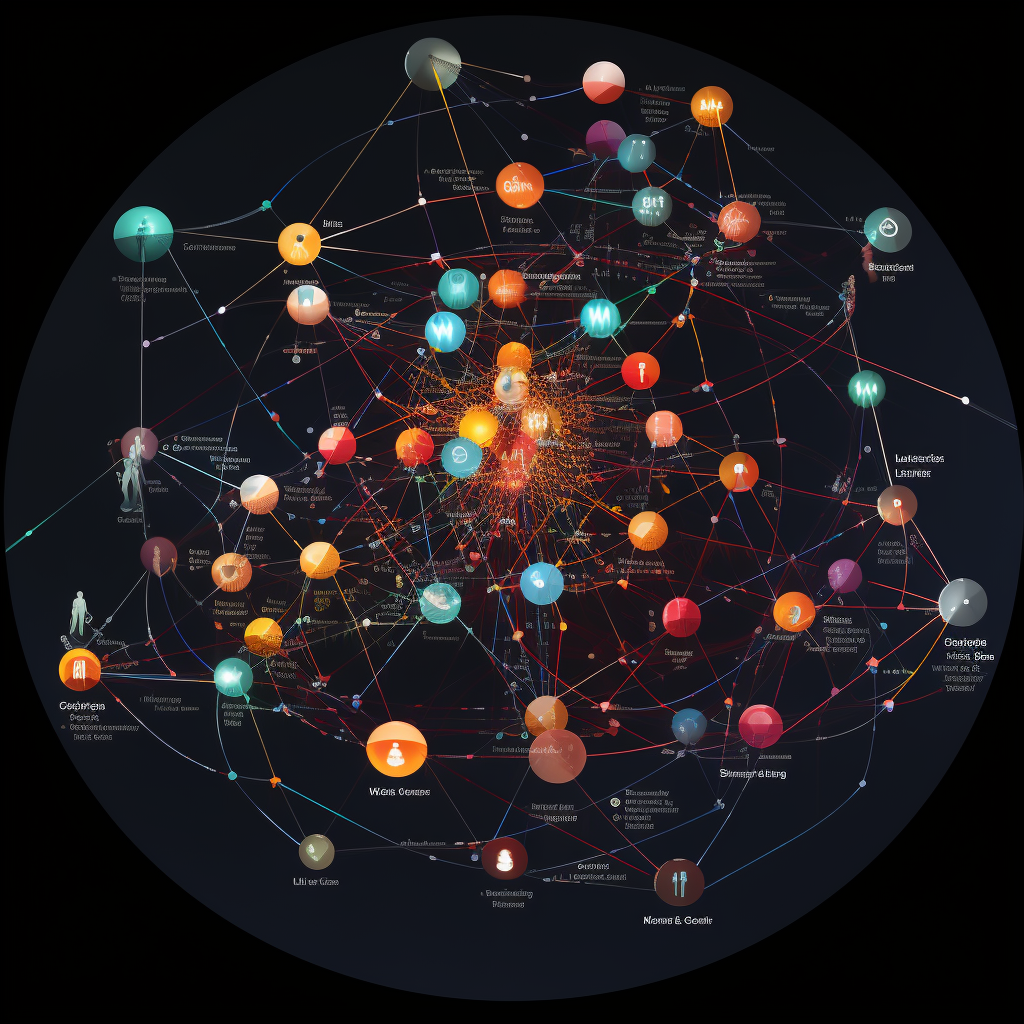
Find the index and earlier parts of this series here.
We’re almost there! Thanks for sticking with me on this journey. In this final part, we’ll integrate replies and comments into your static website.
Motivation Integrating replies is quite similar to how we handled subscriptions. Since our posts now exist in the Fediverse, we want to treat them as first-class citizens. This means replies to our posts should appear on our site.

Yeah, I know the last 3 chapters are titled “The Power of…” but let me tell you, I like it, and it’s my blog.
When I was a kid, I always knew I wanted to make something different for myself. Different from what? That was the question.
I didn’t limit my imagination to a subset of possibilities. Everything was on the table: President of Mexico one day? Archaeologist discovering new dinosaurs? Sure, sounds fun. Composer and musician? Maybe, just maybe. But each possibility carried a hint of reality, shaped by moments like watching my mom count coins in desperation to buy a kilo of tortillas, or by the fact that everyone around me was low-income, grappling with the unjust lack of opportunities faced by kids like me—dark brown-skinned children in a deeply classist country.

The Power Struggle of Social Media Engagement Breaking Free: Reclaiming Visibility and Voice from the Algorithmic Gatekeeping. aka F**ck the algorithm. So, I have an account with about 20 followers on BlueSky, and I generate some engagement on almost every post. In stark contrast, I have another account on X/Twitter that has over 2000 followers, yet 99% of the time, it feels like I’m talking to the void. My impressions hover around 30, which means roughly 30 people see my tweets—about 1.5% of my followers.

Breaking the Cycle of Fear: How We Can Spread a Better Kind of Story A few months back, I received a free book at a Microsoft event: Infectious Generosity by Chris Anderson. It sat on my bookshelf for a couple of weeks until one day, out of sheer boredom, I grabbed the shiniest cover one (a deep yellow) and started flipping through it. To my surprise, it’s written by the Head of TED (I love TED!), and while much of the book is gold, this blog is about a particular section that completely resonated with a thought I’ve had for years. It touches on a phenomenon we’ve all noticed but rarely talk about: the media’s relentless focus on the worst of humanity.

You can find the index and other parts of this series here.
We are almost done! Thank you for coming all the way into this journey. In this part we will learn how to broadcast (aka federate) your site posts to your folowers.
Overview The federation of your posts (aka. sending your posts to live infitely in the fediverse) is pretty straighforward:
sequenceDiagram BroadcastTool->>Storage: Retrieve followers (actor uris) BroadcastTool->>Follower-instance: Get actor info (including inbox uri) BroadcastTool->>Filesystem: Get note json (post) BroadcastTool->>Follower-inbox: Send a create action (wrapper of note) In a few words, you will iterate your list of followers, get their inbox url, and send a request to such url to create an fediverse object (note, article, etc.).

Back in May, while commuting the few miles from the rural area where I was staying in Mexico to the city for virtual meetings, I listened to a podcast episode about whales. It focused specifically on how scientists are leveraging technological advancements to understand and decode the complex language of certain whale species. The ultimate goal is to create a translator that would allow humans to communicate with these creatures. However, the most challenging aspect lies in grasping the context of their communication — in other words, their world.

My relationship with coffee probably began in my mother’s womb. She may deny it, but I am pretty sure she drank more coffee than was advised or allowed in the 1980s. My mother is from a very small town in the middle of the mountains on the Pacific side of Mexico, very close to a semi-active volcano. My memories of visiting my grandmother are actually memories of smells: the smell of ashes and burnt food cooked with wood, ashes in the meat and the tortillas, and coffee.

I am incredibly grateful to the people who have helped shape me into who I am today. Their support and guidance have been invaluable.
But advice, like wisdom, can be tricky. It’s not always suitable for everyone, and any phrase can become wisdom with the right context. Generic advice from sources like LinkedIn can often be too broad or superficial, and should be taken with a grain of salt. While I have a wealth of wisdom to share, I will save that for my one-on-one conversations.

“Imitation is the sincerest form of flattery,” I often say when someone tells me they’re mad because someone stole their idea or post. It’s a poor consolation, I know. There’s real anger when you pour effort into something, and someone else takes credit. I’ve felt that anger many times. Just a few weeks ago, I saw someone on LinkedIn lamenting that another person had stolen their idea, got 40k likes, and then blocked the original author. It’s unfair, yes—a reflection of the world’s inherent unfairness.

I used to write a lot when I was younger, even as a kid. There was no Gen-AI, no Grammarly, no advanced tools to assist with spelling or grammar. It was just me, a pen, and paper, pouring out my thoughts. I would lose myself in the worlds I created, and I would revisit some of them. I used to write speeches, poems, and essays. Words were my world, a tiny one-person world. Code became a form of expression. Writing has always been my sanctuary, a place where thoughts can flow freely, and ideas can take shape.









